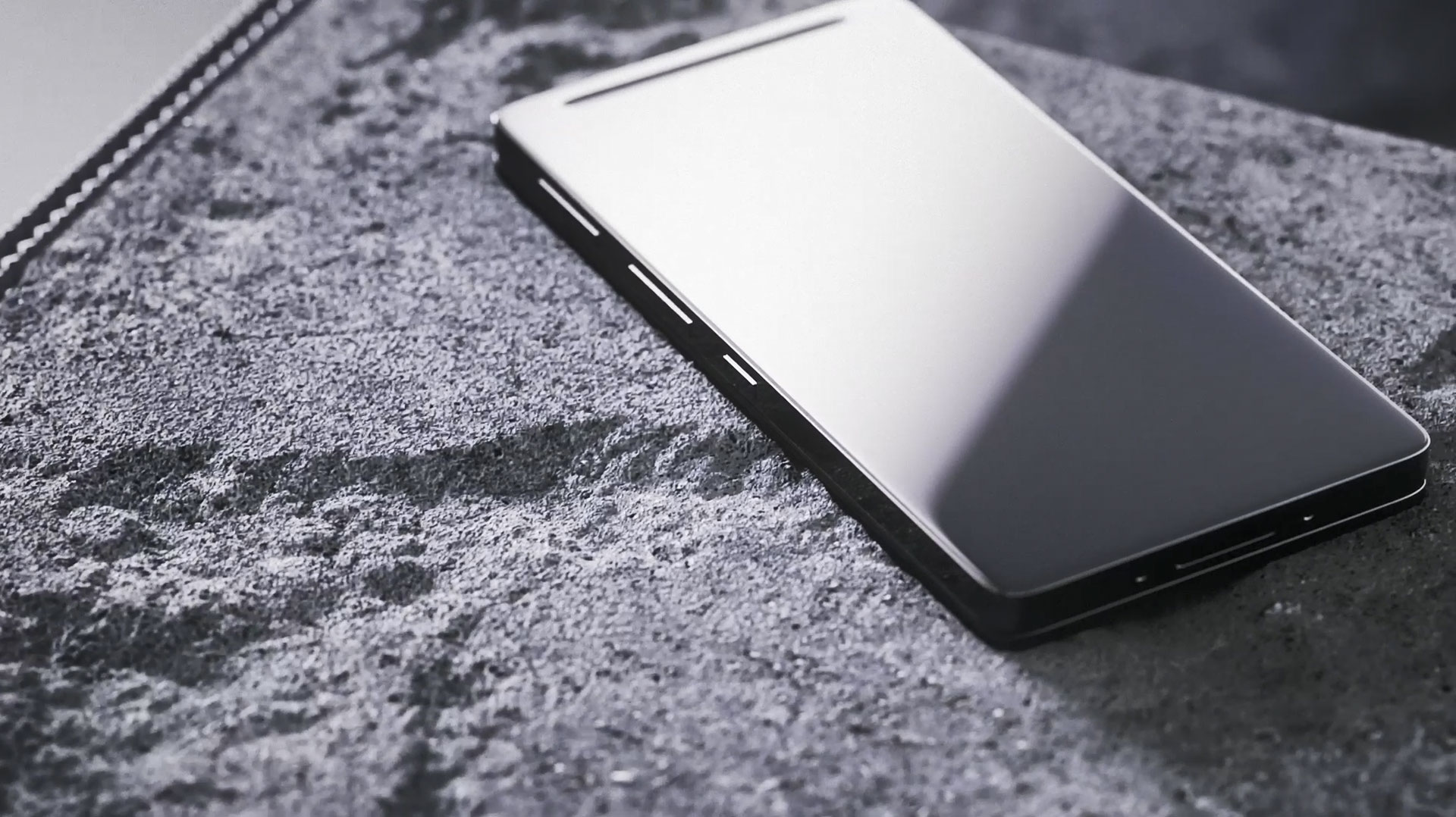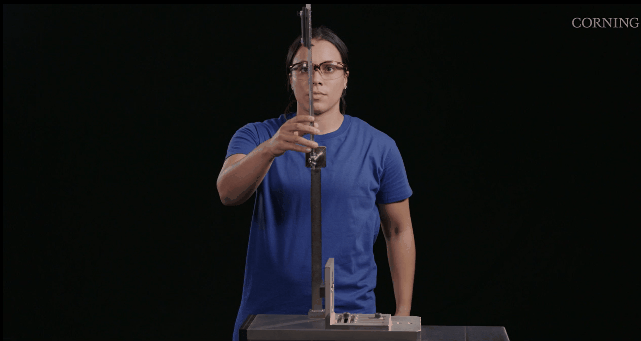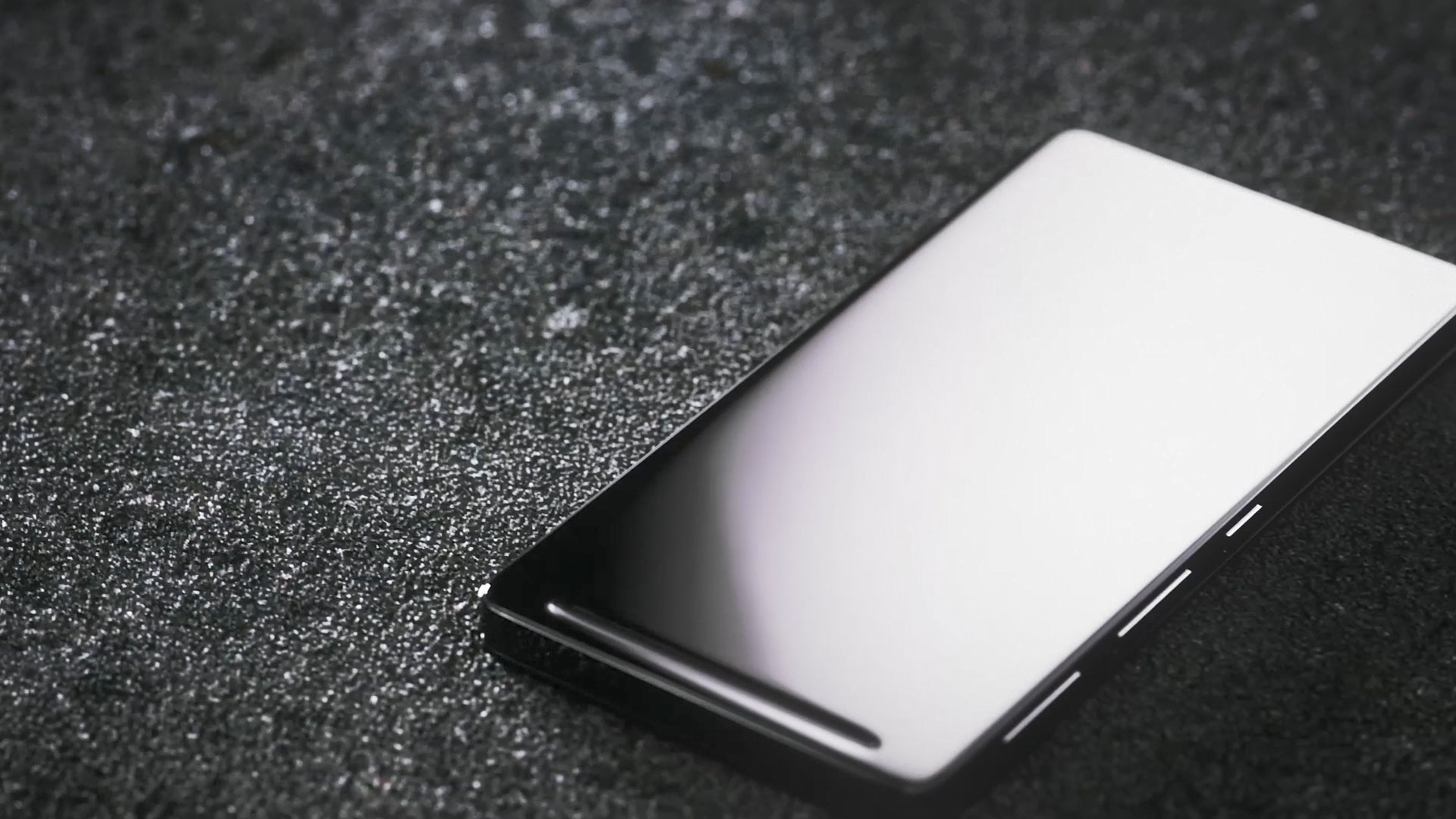Gorilla Glass Victus 2 could save your big phone from disastrous falls on concrete
Better glass for heavier phones

If you want to know why Corning made Gorilla Glass Victus 2, the new cover glass the company unveiled today, you can thank (or blame) your big, fat phone.
When Corning set out to make unbreakable glass 15 years ago and began testing on mobile devices, the benchmark was 160g, which more than covered the original iPhone, which weighed 135g. Compare this to the iPhone 14 Pro, which clocks in at a hefty 206g, iPhone 14 Pro Max, which weighs a dense 240 grams, or the Samsung Galaxy S22 Ultra, which weighs in at a beefy 228 grams.
Corning VP and General Manager for Gorilla Glass David R. Velasquez told me this week that modern smartphones are now packed with far more technology (better cameras, more sensors, bigger batteries) and are heavier and denser than the phones Corning was originally testing on.
Now the benchmark is 200g. That’s still shy of some of the weight of the latest phones, but weight is not the only part of Corning’s testing methodology that’s changed and, more importantly, this Gorilla Glass is not the same, either.
Victus 2 is a new Gorilla Glass formulation. When we asked for specifics, Velasquez confirmed that it’s different than the original Victus, which was introduced two years ago, but added “It’s better, that’s as much detail as I can give.”
The result is a thinner glass that can stand up equally well to scratches but offers better breakage performance.
Corning, though, has changed its testing methodology. After years of dropping thousands of phones from 1M and 2M heights on simulated asphalt surfaces (sandpaper representing the coarseness of the surface with metal underneath it), Corning has added in simulated concrete. Guess they finally realized that we drop as many phones on the sidewalk as we do on the street.
Get daily insight, inspiration and deals in your inbox
Sign up for breaking news, reviews, opinion, top tech deals, and more.

With “concrete,” Corning is testing Gorilla Glass Victus 2 at 1M and still using “asphalt” for 2M tests. The difference is not so much hardness as it is the jaggedness of the surfaces. To demonstrate, Corning sent me a sheet embedded with two sandpaper squares with coarseness designed to simulate both surfaces. The “concrete” one is noticeably rougher to the touch.
It’s not just larger phones that are making Corning’s job harder. Velasquez reminded me that there was a time when protecting glass screens was comparatively easier.
“Back in the old days, before there were shaped glass parts, most of the design work was around the framing the phones would have. The iPhone 4 was the first time glass was elevated, a huge change and much more likely to break,” he said.
These days phones like Samsung Galaxy S22 Ultra, Google Pixel 7 Pro, and the iPhone 14 Pro seem to be made almost entirely of glass. I think Corning knows how to make a phone that might never break, but the collaboration between the glass-covering company and the phone manufacturer doesn’t quite work that way.

“OEMs come to us frequently [and say], ‘Here’s what we launch 3, 5 years from now. Can you do this in glass, if so, what are the design considerations?’” explained Velasquez.
What follows are conversations and even some adjustments of molecules and how they’re designed to strengthen the glass.
Velasquez was quick to add that phone manufacturers do not get bespoke glass products. However, understanding the direction phone manufacturers are heading can impact the kinds of glass (maybe even Victus 2) Corning produces now and in the future.
While Gorilla Glass Victus 2 is stronger than Victus 1, Corning has no control over how phone manufacturers use it.
“Most phone companies take this much better glass, and they make it thinner. Phones can never be thin enough, or they make a more aggressive design,” said Velasquez.
Can you fold it?
Speaking of aggressive designs, I had to ask about bendable glass. Corning doesn’t have a bendable product now, but the future will be a different story.
Velasquez confirmed that Corning is in “deep discussion with all big customers on where they’re going. Some are further along than others.”
The company expects to have launched in the next couple of years but could share little else about its plans. Still, Velasquez says Corning is very excited about bendable glass.
“What’s really great about partnering with customers on enabling bendable designs, is it's really, really hard to have glass bending and touching itself. It’s one of the hardest possible problems you can imagine. Corning tends to excel where the problem is really difficult. Our scientist love to sink their teeth into that.”
For now, though, Corning and its partners are rubbing their teeth against almost unbreakable and just-as-hard-to-scratch Gorilla Glass Victus 2. OEMs have the glass samples, and there are already some “design-ins happening.” Valesquez expects “announcements from some of our partners in the next three months”
In the meantime, we await truly unbreakable smartphone glass. Corning is working on it, but Velasquez told me “Not there yet but gonna be continuing fighting that fight.”
If you're looking for some phones that feature the current version of Corning's Gorilla Glass Victus, there's no better place to start than our Best Phones of 2022.

A 38-year industry veteran and award-winning journalist, Lance has covered technology since PCs were the size of suitcases and “on line” meant “waiting.” He’s a former Lifewire Editor-in-Chief, Mashable Editor-in-Chief, and, before that, Editor in Chief of PCMag.com and Senior Vice President of Content for Ziff Davis, Inc. He also wrote a popular, weekly tech column for Medium called The Upgrade.
Lance Ulanoff makes frequent appearances on national, international, and local news programs including Live with Kelly and Mark, the Today Show, Good Morning America, CNBC, CNN, and the BBC.